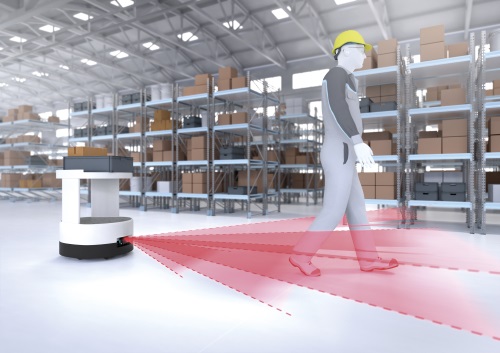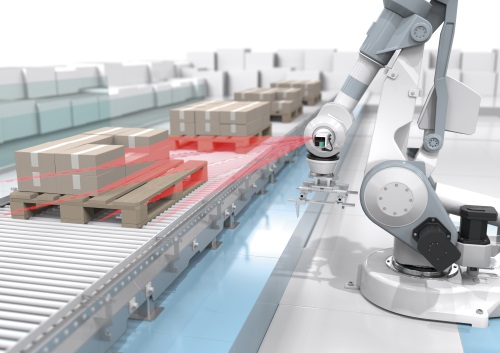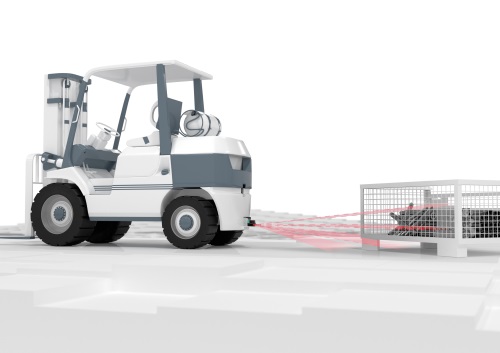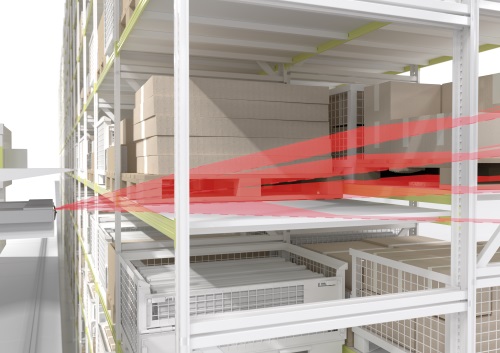
R2300 3-D LiDAR Sensor
Enabling 3-D perception.
Reimagining LiDAR.
Minimizing costs.
Powered by Pulse Ranging Technology
The new R2300 3-D LiDAR sensor is equipped with Pulse Ranging Technology (PRT), which provides reliable and extremely precise measurements with high accuracy and short response times. PRT continuously measures a target’s distance by using the speed of light as a constant while sending out extremely short but very powerful pulses of light and calculating the duration between the time a pulse is sent and the time it is received. Mechanical separation between the emitting and receiving areas means exceptionally high pollution tolerance. With 1000 points per scan line and a scan rate of 50 kHz, the 3-D LiDAR sensor masters a wide range of industrial automation applications.
Benefits

Precision and Flexibility in Your Application

Easy Installation and Commissioning

Compact and Rugged Housing
R2300 in a Nutshell
This teaser video gives a short introduction of the 3-D LiDAR sensor, with the most important benefits and features such as the rotating mirror cube and the mechanical concept.
Object Perception in 3-D Space
Discover the four scanning layers of the sensor and the simplified installation with the switchable and visible pilot laser. Two application examples explain the benefits of the sensor in the application: mounted on an automated guided vehicle for collision avoidance and for rear zone monitoring.
The R2300—Explained at the Exhibition Booth
Thorsten Schroeder, Product Manager at Pepperl+Fuchs, introduces the R2300 3-D LiDAR sensor for a wide range of applications.
Use Cases




Contacto
Do you have questions about the R2300 3-D LiDAR sensor? Do you want to receive more information?
We are happy to help! Simply fill out the contact form to send us a message.


 More Information
More Information

 +49 621 776-0
+49 621 776-0